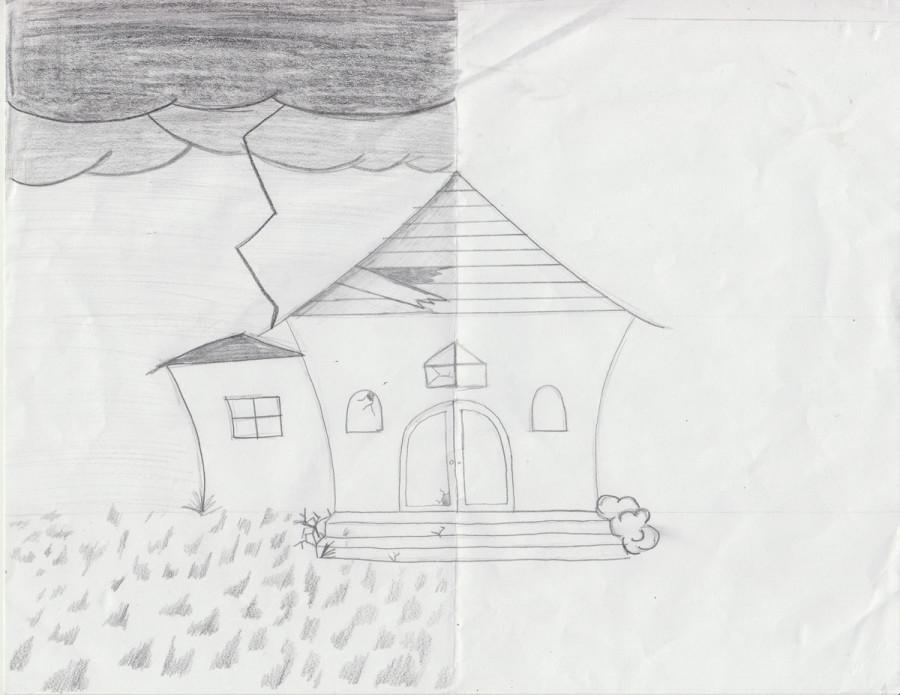Is quantity quality?
Does the size of a school affect a student’s performance?
When comparing the performance of different school districts, is size a contributing factor? Do attributes such as quality of education, athletics or overall happiness of the school’s students directly correlate with the school’s size?
Small schools have an obvious difference from larger schools; their teacher to student ratio is much smaller. This implies that the teacher can have a more one-on-one experience with a student, allowing them to receive the help they need to succeed. A small classroom makes student participation inescapable, and with a smaller amount of students it becomes less intimidating for students who experience anxiety. In many ways, small schools allow for more personalized and one-on-one curriculum.
“Having talked to parents of students at larger schools, they feel as though their student falls through the cracks,” High School Principal Mr. William Deal said. Course selection, however, is an area where large schools have the advantage.
“The thing that’s always kind of bothered me about being a smaller school is that I wish we could offer things that we just don’t have the staffing or numbers to support. Our Calculus BC is a good example. We had enough students and enough flexibility in the schedule to offer it, but it’s not necessarily something we’ll be able to do every year,” Deal said
A student in a small school has a greater chance of feeling more like a part of their whole school, and not just part of their group of friends. Not only is this caused by the smaller population, but students in smaller schools are often given more opportunities to participate. This means that the best player on the chess team could also be carrying a school to the WPIAL championships. In larger schools, sports’ tryouts are a must, which means some students may take a bench for an arguably better athlete. However, students whose athletics are their lives may suffer in these environments, however.
A larger school could mean not only larger teams, but more of them. Often, large schools have the opportunity to provide a wider variety of sports. For example Freedom hockey players are forced to join BlackHawk to form a team.
“More selections such as lacrosse, hockey, are sometimes offered,” Deal said. “The downside to this selection is sometimes students who are interested in these sports don’t get a chance to play.”
Small schools have the potential to surpass larger schools in many areas, and vice versa. Small schools have the opportunity to make up for their shortcomings in course selection by making the courses they do offer more customized and with a student-oriented curriculum. Large schools could learn the same, in an effort to offer a wide course selection with the additional close-knit relationship between teachers and students.



